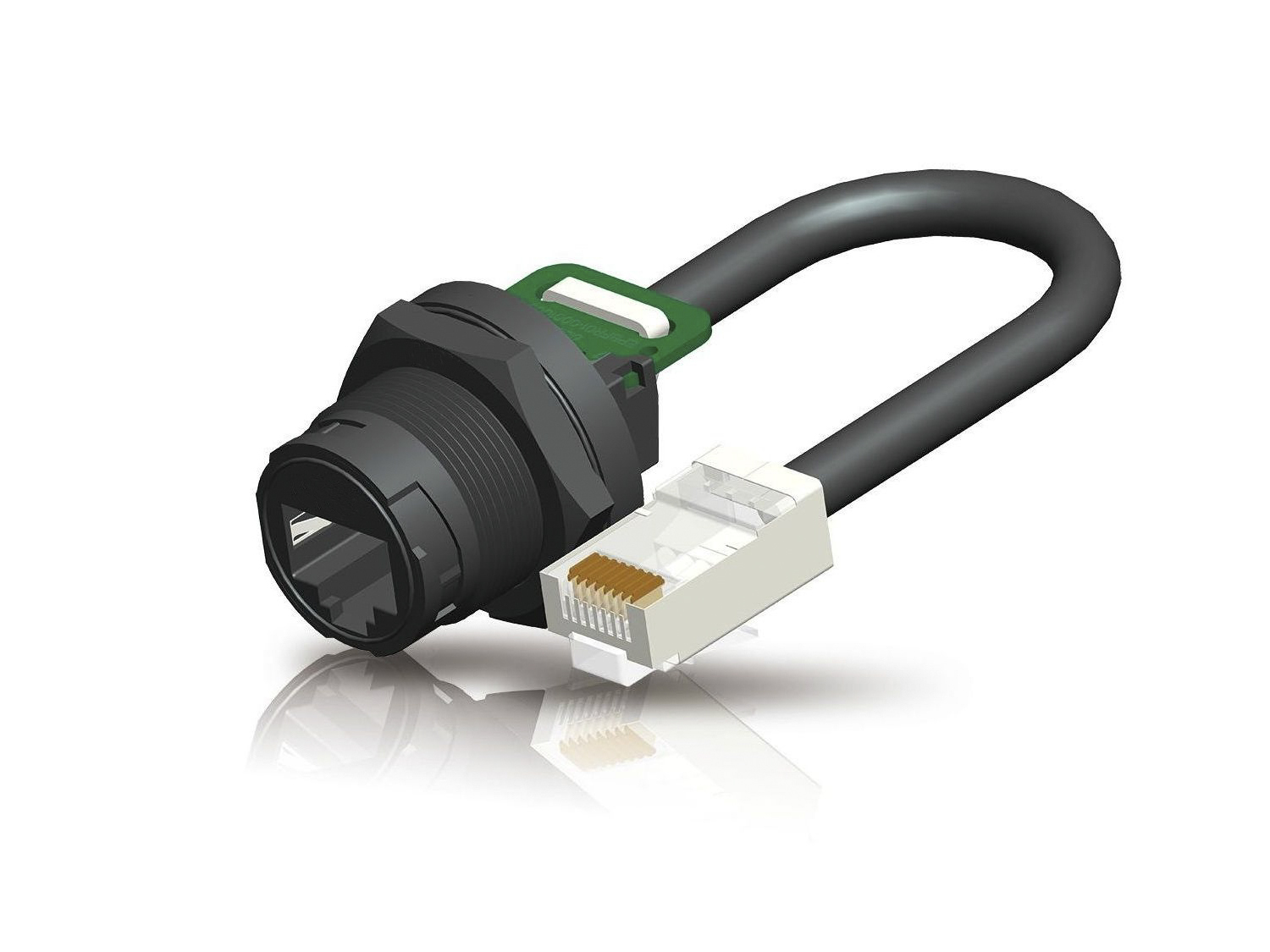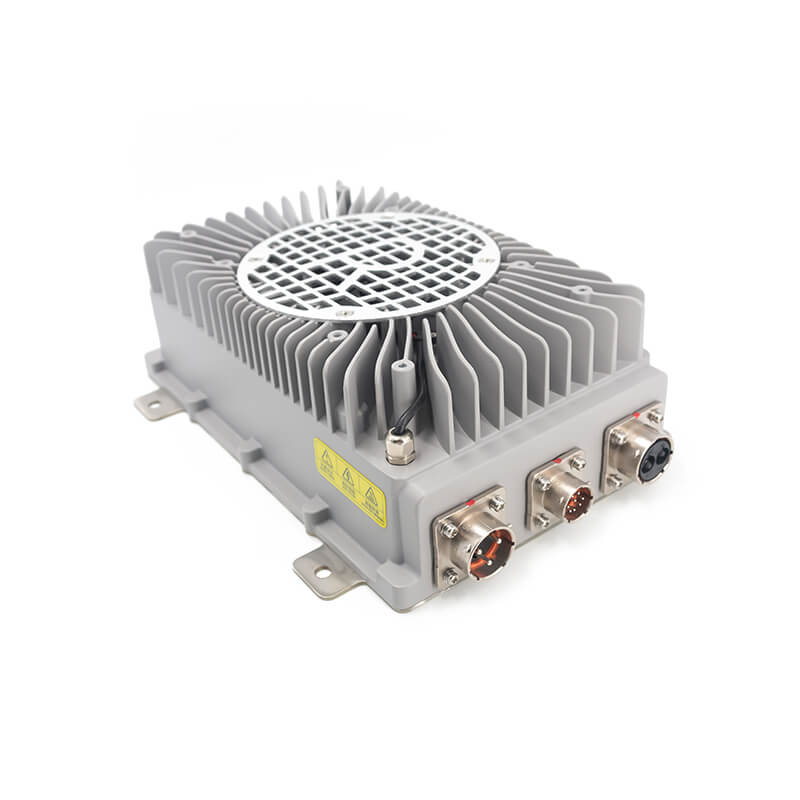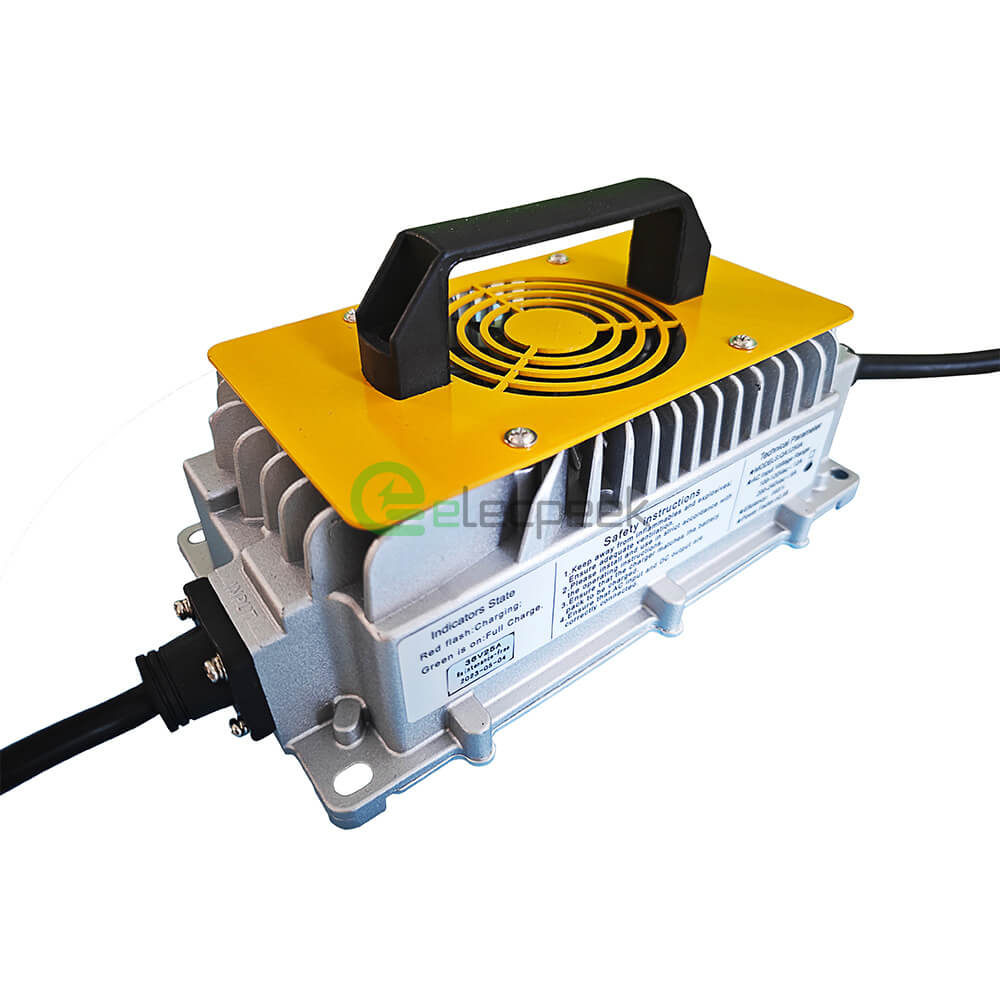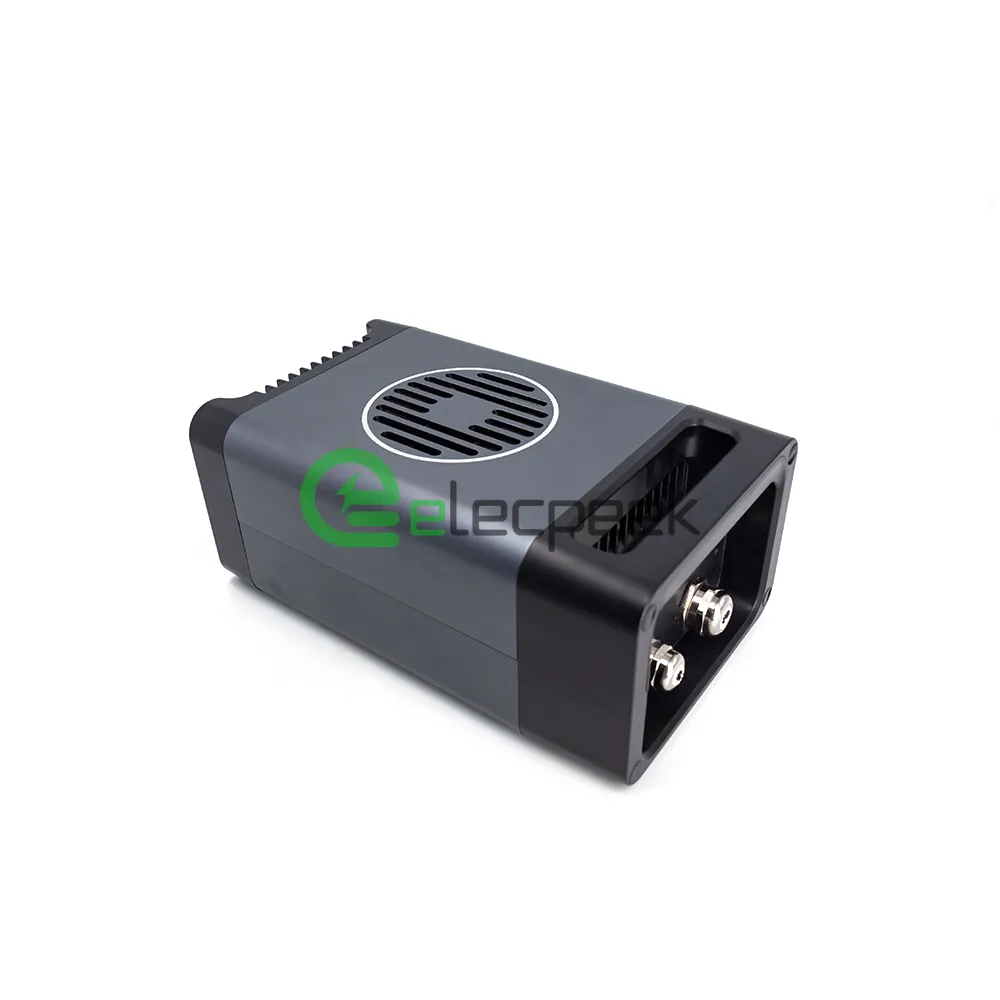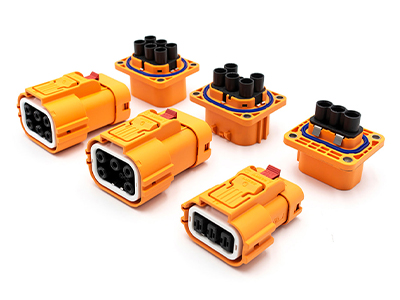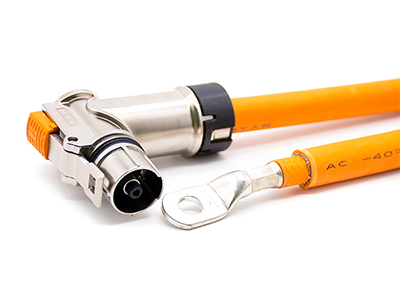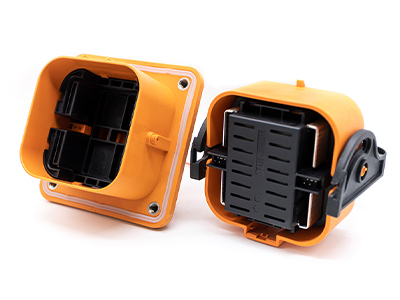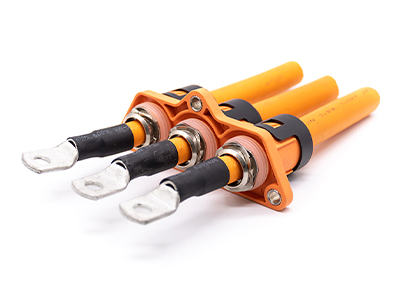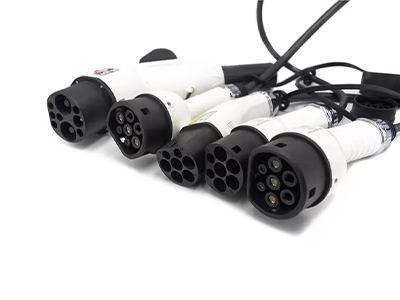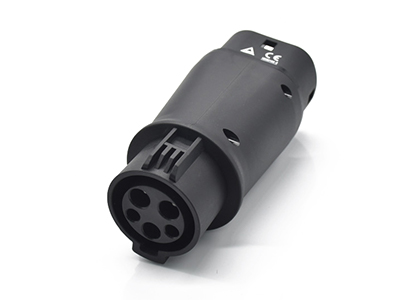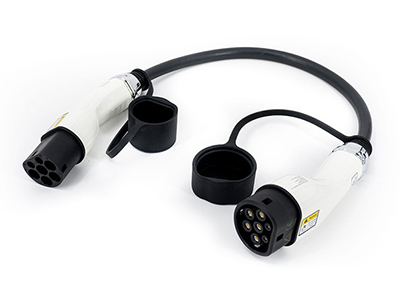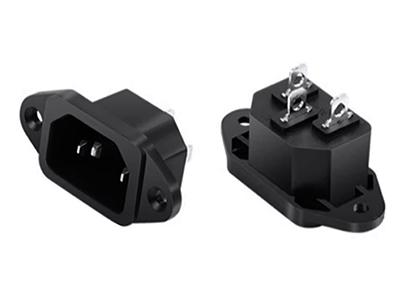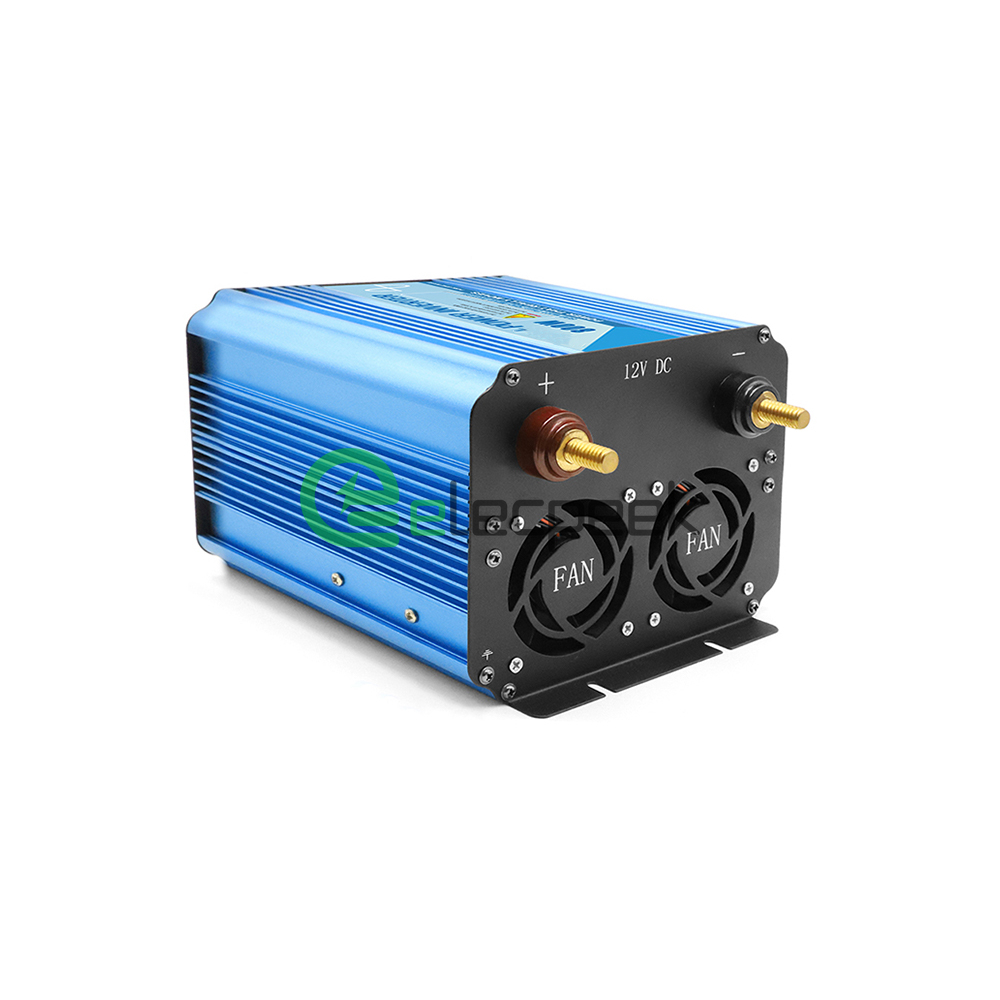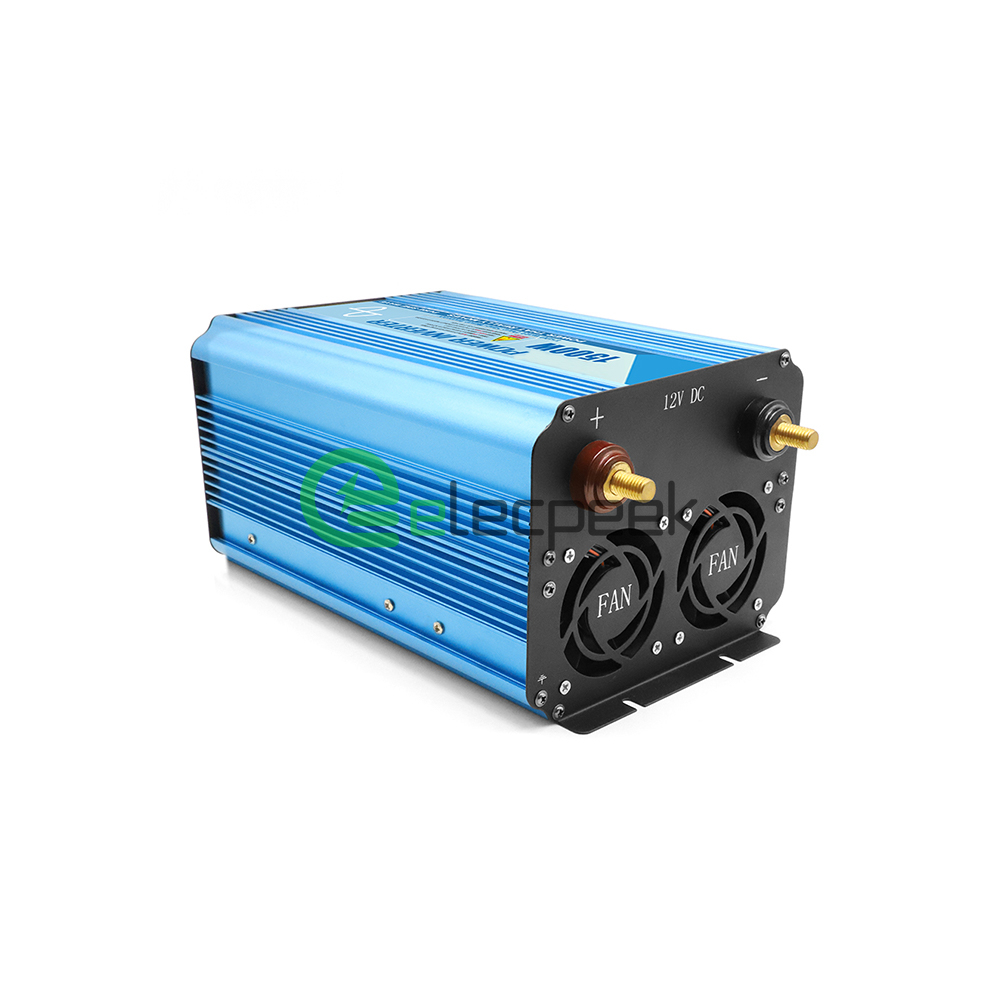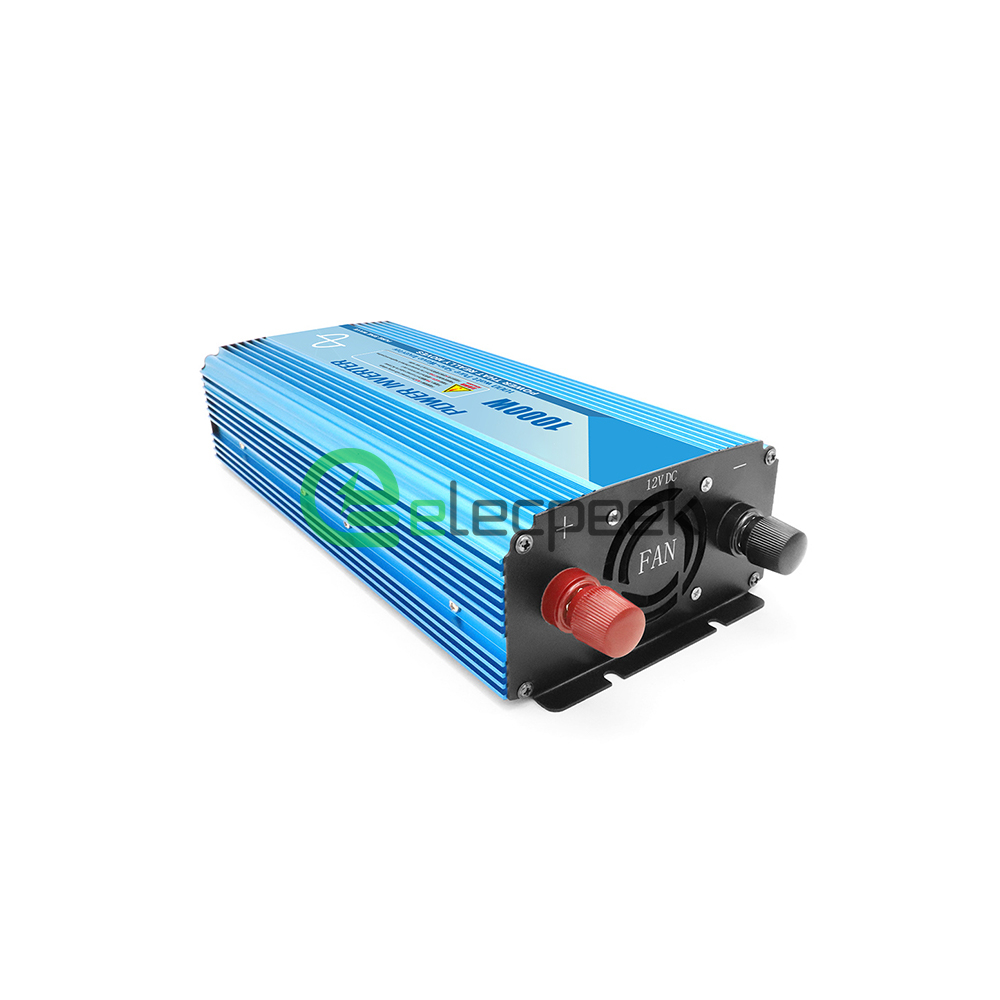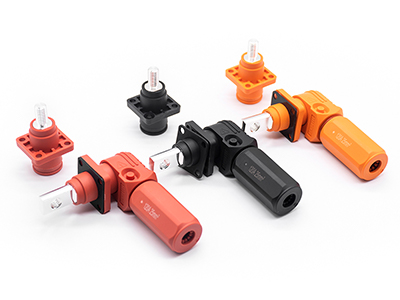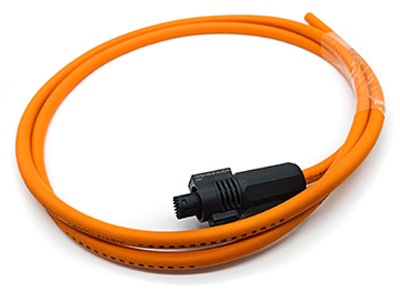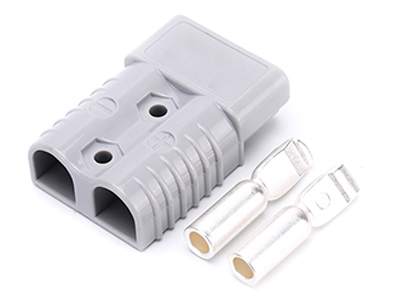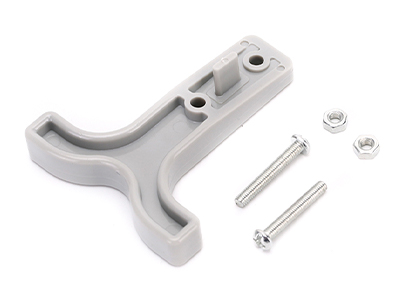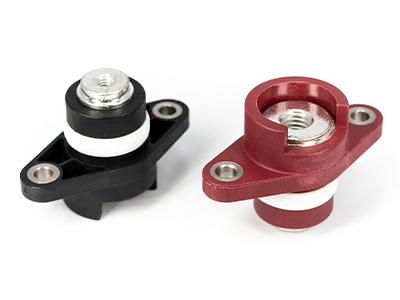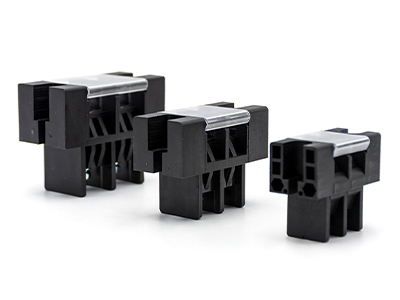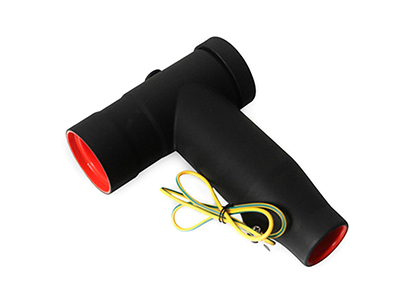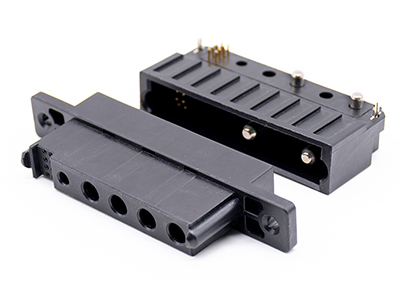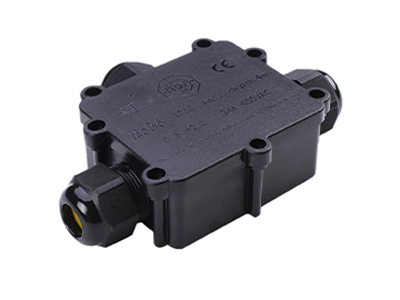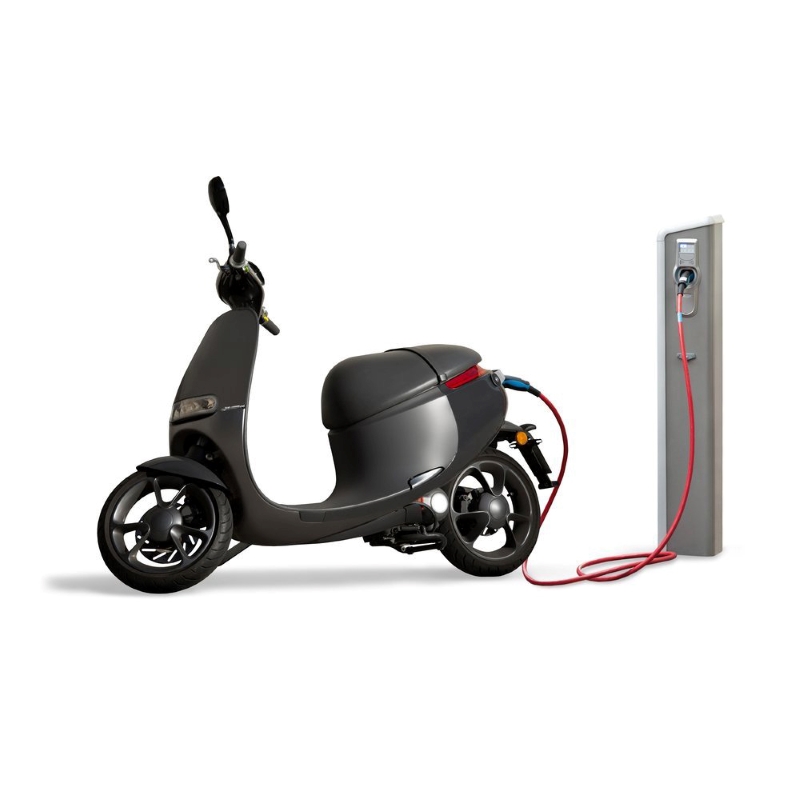News
Unraveling the HVIL Connector: What Sets It Apart from Other EV Connectors
Electric vehicle (EV) connectors play a crucial role in the charging process, ensuring that vehicles receive the necessary power for optimal performance. One specific connector, the High-Voltage Interlock Loop (HVIL) connector, has increasingly gained attention for its unique features. This article delves into the differences between the HVIL connector and other types of EV connectors, helping you understand their respective functions and advantages.
Understanding the HVIL Connector
The HVIL connector is specifically designed for high-voltage applications in electric and hybrid vehicles. Its primary purpose is to provide a safety interlock system, ensuring secure connections and preventing high voltage exposure. The connector achieves this by incorporating a system that detects when a disconnection occurs, consequently breaking the current flow and disabling the high-voltage power source. The design of the HVIL connector enhances the safety of EV charging and maintenance procedures, making it a valuable component in the EV ecosystem.
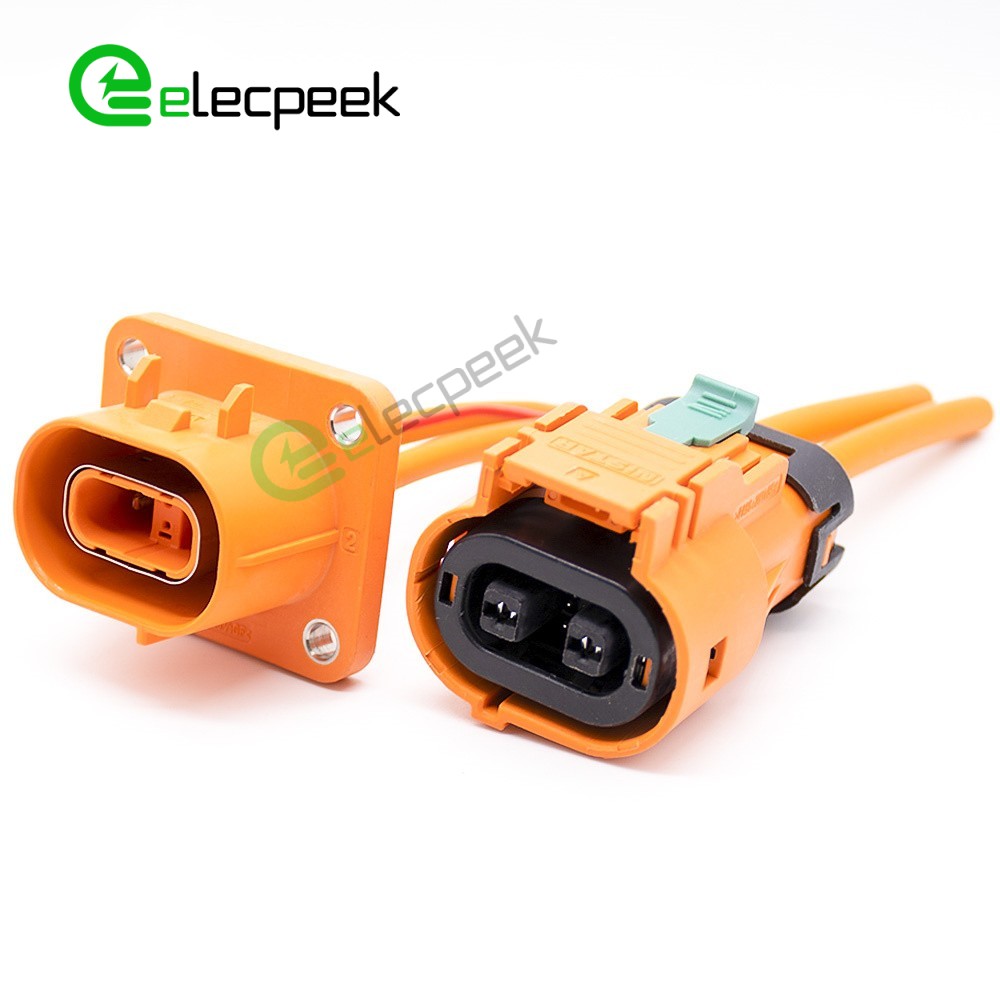
Key Features of the HVIL Connector
- Safety Interlock System: The HVIL connector’s primary advantage lies in its ability to provide a safety mechanism for high-voltage connections. This ensures that the high-voltage power source is only enabled when the connector is fully engaged and remains disabled during disconnection.
- Compact and Lightweight Design: HVIL connectors are designed to be compact and lightweight, allowing for easy integration into various EV systems. This makes them particularly suitable for applications with limited space, such as onboard chargers and battery packs.
- High-Voltage and High-Current Capability: These connectors can handle high voltages and currents, making them ideal for use in electric and hybrid vehicles. They typically support voltage levels up to 1000V DC and currents up to 250A, ensuring compatibility with a wide range of EV systems.
How is the HVIL Connector Different from Other Types of EV Connectors?
The HVIL connector differs from other types of EV connectors in several ways. Here are some of the main differences:
1. Safety Features
One of the primary differences between the HVIL connector and other types of EV connectors is the safety features it offers. HVIL connectors are designed to provide additional safety features to the EV charging system, particularly in high-voltage charging systems. The HVIL connector incorporates several safety features, including interlocking and insulation monitoring.
Interlocking is a safety feature that ensures that the EV cannot be charged unless the HVIL connector is properly connected. It works by connecting the HVIL circuit in the EV to the charging system’s interlock circuit. This ensures that the EV cannot be charged unless the HVIL circuit is complete.
Insulation monitoring is another safety feature that is incorporated into the HVIL connector. It works by monitoring the insulation resistance between the charging system and the EV. If the insulation resistance falls below a certain threshold, the charging system is shut down to prevent any potential hazards.
2. Voltage Rating
Another key difference between the HVIL connector and other types of EV connectors is the voltage rating. HVIL connectors are designed for high-voltage charging systems and are typically rated for 400 volts or higher. In contrast, other types of EV connectors, such as the Type 1 and Type 2 connectors, are rated for lower voltages.
3. Connector Design
The design of the HVIL connector is also different from other types of EV connectors. HVIL connectors are typically larger and heavier than other types of EV connectors, and they have different shapes and pin configurations. The HVIL connector is designed to accommodate the high-voltage and high-current requirements of the charging system, making it more robust and durable than other types of EV connectors.
4. Functionality
The functionality of the HVIL connector is also different from other types of EV connectors. The HVIL connector is designed to provide additional safety features and ensure that the charging system is safe and reliable. Other types of EV connectors are designed to provide a more basic function of connecting the EV to the charging station.
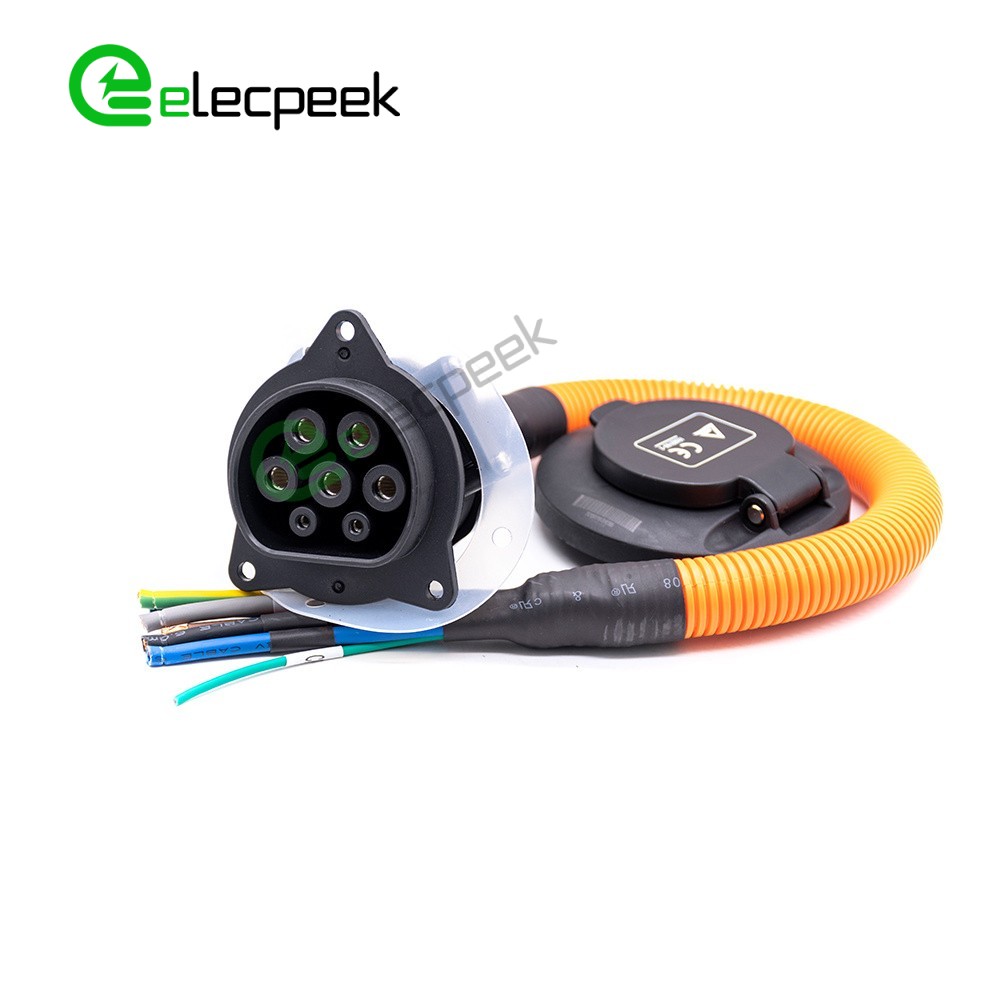
Comparing HVIL Connectors to Other EV Connectors
To further illustrate the differences between the HVIL connector and other types of EV connectors, let’s take a closer look at three other common connectors:
1. SAE J1772 Connector
The SAE J1772 connector, also known as the Type 1 connector, is a standard charging connector commonly used in North America. It supports both Level 1 and Level 2 charging for electric vehicles, with a maximum charging power of 19.2kW. Some key differences between the HVIL connector and the SAE J1772 connector include:
- The SAE J1772 connector is primarily used for EV charging, whereas the HVIL connector focuses on providing a high-voltage safety interlock system.
- The SAE J1772 connector supports a lower voltage range (up to 240V AC) than the HVIL connector, which can handle up to 1000V DC.
2. CCS Connector (Combined Charging System)
The CCS connector combines both AC and DC charging capabilities into a single port, making it a versatile option for EV charging. It is available in two variants: Type 1 CCS (used in North America) and Type 2 CCS (used in Europe). The differences between the HVIL connector and the CCS connector are:
- The CCS connector is primarily used for EV charging, while the HVIL connector is intended for high-voltage safety interlock applications.
- The CCS connector supports both AC and DC charging, while the HVIL connector is exclusively for DC high-voltage connections.
3. CHAdeMO Connector
The CHAdeMO connector is a DC fast-charging connector primarily used in Japanese electric vehicles. It supports high-voltage DC charging with a maximum power output of 62.5 kW. Comparing the HVIL connector with the CHAdeMO connector reveals the following differences:
- The CHAdeMO connector is intended for fast-charging applications, while the HVIL connector focuses on providing a high-voltage safety interlock system.
- The CHAdeMO connector is specific to Japanese EVs, while the HVIL connector is used in various electric and hybrid vehicles globally.
Conclusion
The HVIL connector stands out among other EV connectors due to its unique safety interlock system, compact and lightweight design, and high-voltage and high-current capabilities. While other connectors, such as the SAE J1772, CCS, and CHAdeMO, primarily focus on providing EV charging solutions, the HVIL connector’s primary function is to enhance the safety of high-voltage connections in electric and hybrid vehicles. Understanding the differences between the HVIL connector and other types of EV connectors can help readers appreciate the diverse technologies involved in the rapidly evolving electric vehicle industry.


